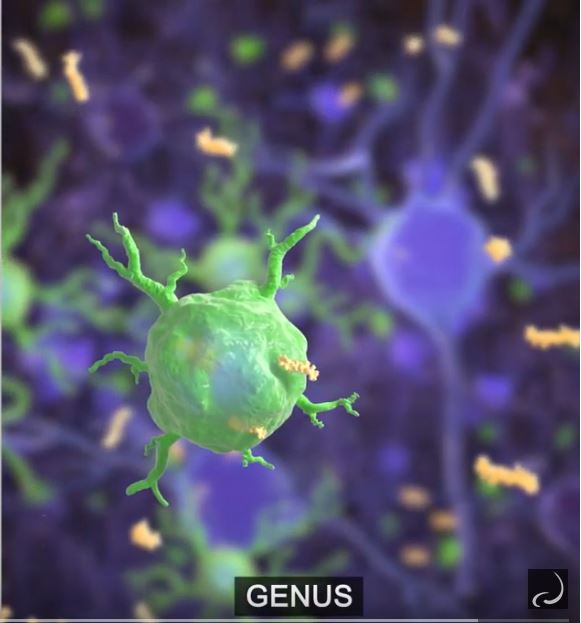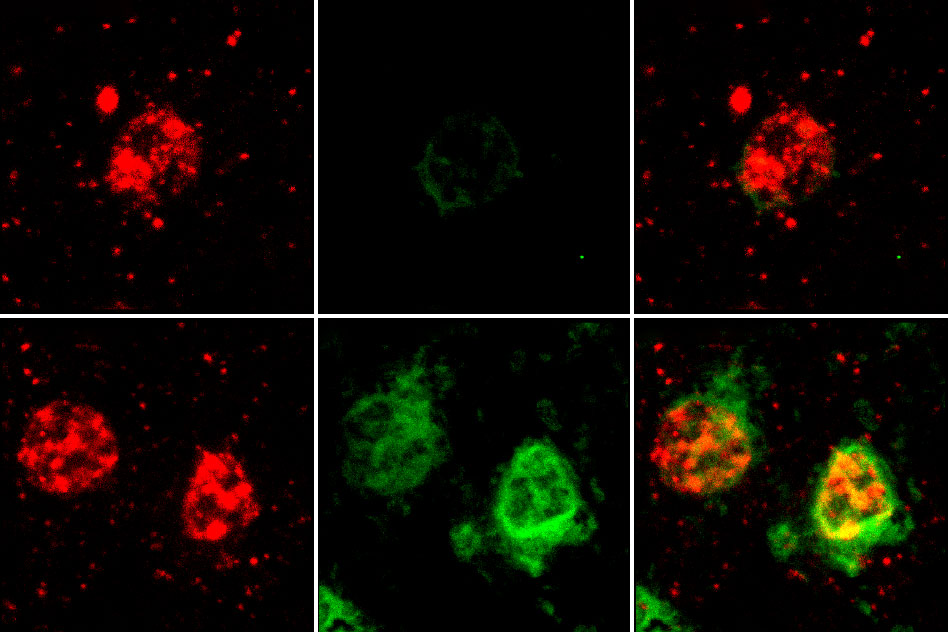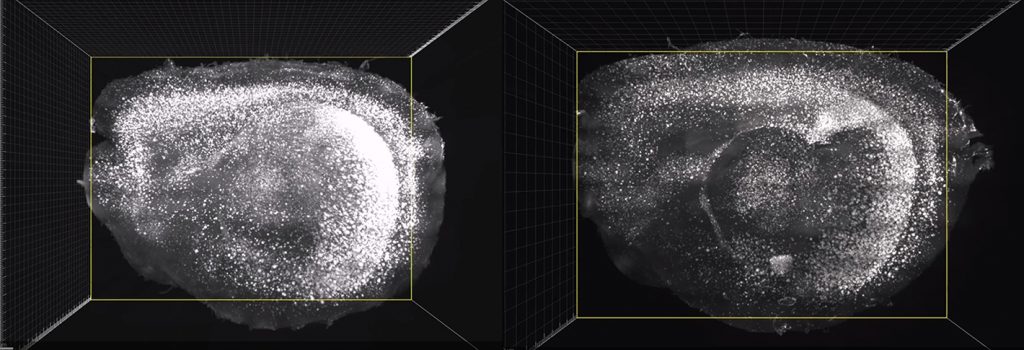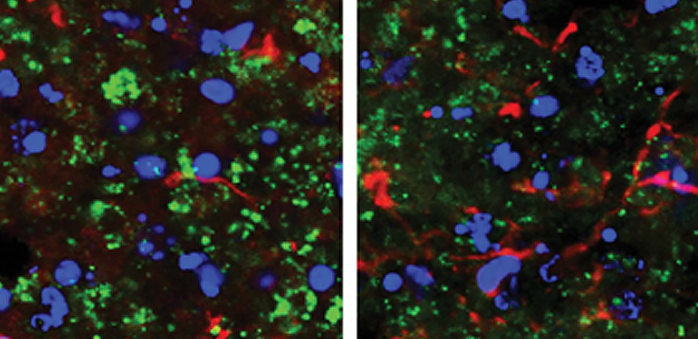In a new video we summarize the recent developments in our GENUS research. We have found that sensory stimulation of 40Hz gamma-frequency rhythms in the brain can help reduce Alzheimer’s disease pathology and improve memory in multiple mouse models of the disease. We are continuing to study the mechanisms of how that works and whether …









